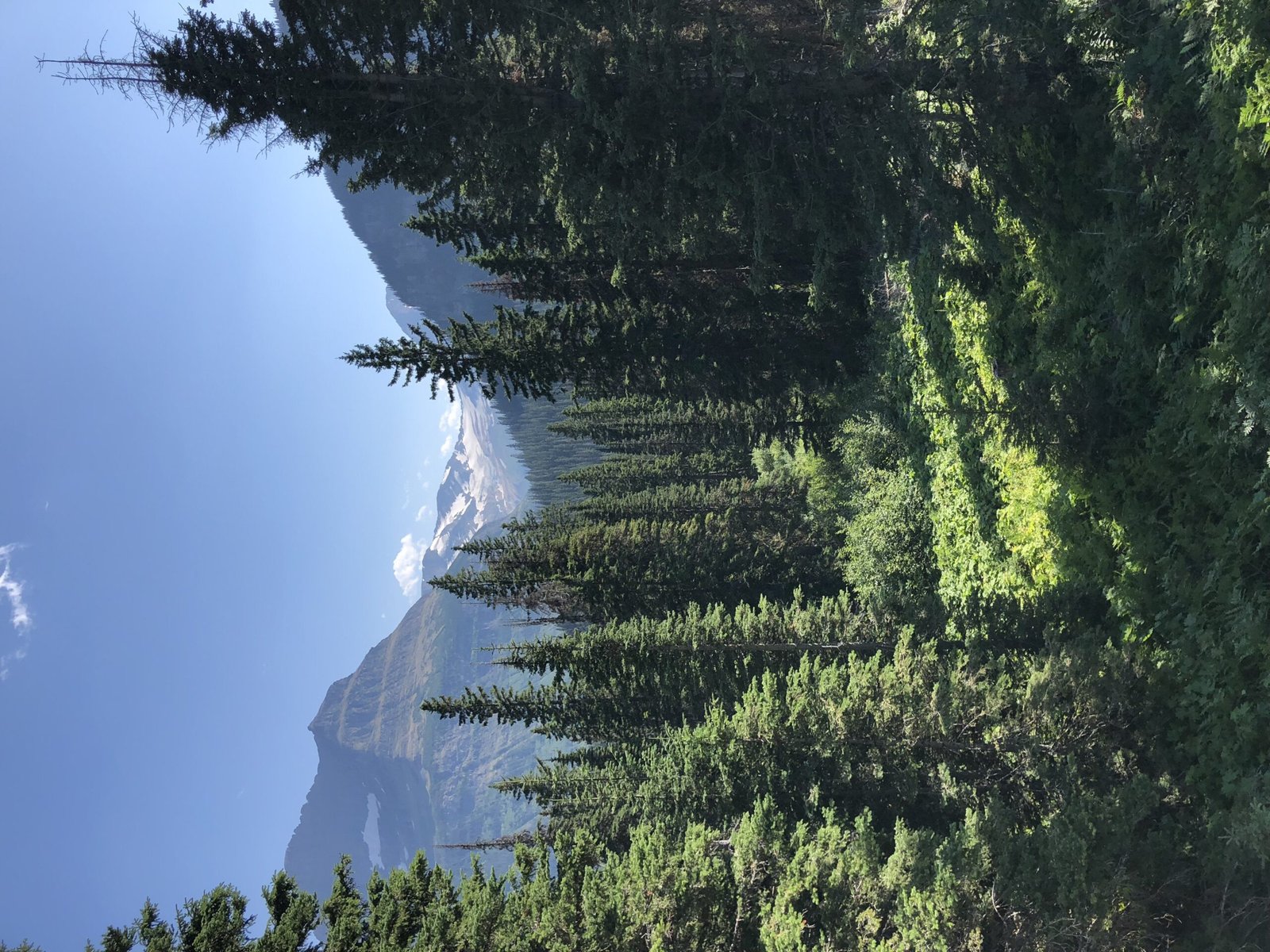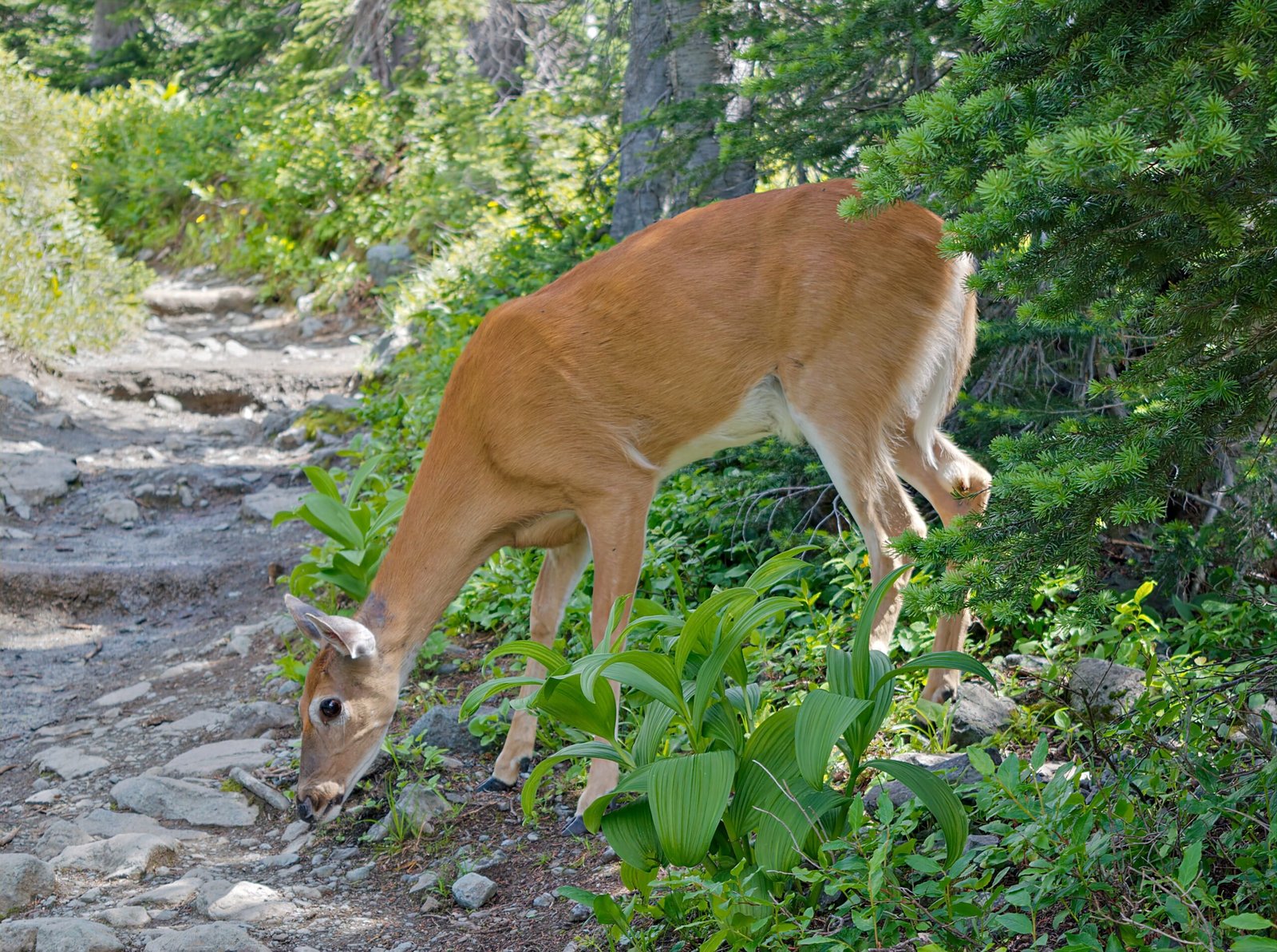The Darwin Glacier, located in Kings Canyon National Park, California, is a significant glacial feature situated on the north side of Mount Darwin in the Sierra Nevada range. While not within Glacier National Park, Montana, it offers a challenging and rewarding hiking experience for adventurers. The glacier’s elevation is closely associated with Mount Darwin, which stands at 13,831 feet (4,216 m). This article explores the elevation, hiking trails, accessibility, and other crucial aspects of the Darwin Glacier expedition.
What is the Exact Elevation of Darwin Glacier?

The precise elevation of Darwin Glacier is not specifically documented. However, it is located near Mount Darwin, which has an elevation of 13,831 feet (4,216 m). The glacier itself likely sits at a slightly lower elevation, potentially between 12,000 to 13,000 feet above sea level.
How Can Hikers Reach Darwin Glacier?

To reach Darwin Glacier, hikers typically follow trails in the Kings Canyon National Park area. The most common route involves:
- Hiking the John Muir Trail (JMT)
- Following the Evolution Valley trail
- Accessing from various points, including the Evolution Valley trailhead
The hike to Darwin Glacier from the Evolution Valley trailhead is approximately 20-25 miles round trip, with an elevation gain of around 4,000-5,000 feet. The exact trail length and elevation gain can vary depending on the starting point and specific route taken.
What is the Difficulty Level of the Darwin Glacier Hike?
The hike to Darwin Glacier is considered strenuous due to several factors:
- Long distance (20-25 miles round trip)
- Significant elevation gain (4,000-5,000 feet)
- Challenging terrain
- High altitude conditions
Hikers should be well-prepared, physically fit, and acclimatized to high altitudes before attempting this trek.
What Notable Landmarks Will Hikers Encounter on the Trail?
Along the route to Darwin Glacier, hikers will pass through several scenic and notable landmarks:
- Evolution Valley
- San Joaquin River crossing
- Series of switchbacks
- Scenic alpine terrain
- Views of surrounding peaks in the Sierra Nevada range
How Accessible is the Darwin Glacier Trail?
Accessibility to the Darwin Glacier trail varies depending on several factors:
Parking Facilities
- Available at trailheads, such as the Evolution Valley trailhead
- Limited spaces during peak season
Public Transport
- Limited public transportation to the trailheads
- Most hikers drive to the trailheads
- Some shuttle services provided by the park (check with park authorities for availability)
Seasonal Access Restrictions
- Generally accessible from late spring to early fall
- Dependent on snow conditions
- Winter months: Trail may be inaccessible due to heavy snow and avalanche risks
What is the Total Elevation Gain and Average Completion Time?
Understanding the elevation gain and estimated completion time is crucial for planning your hike to Darwin Glacier:
| Aspect | Details |
|---|---|
| Total Elevation Gain | Approximately 4,000-5,000 feet |
| Average Completion Time | 2 to 3 days |
The completion time can vary based on:
– Hiker’s experience level
– Weather conditions
– Time spent at the glacier
– Chosen route and pace
What Equipment is Essential for the Darwin Glacier Hike?
Given the challenging nature of the hike, proper equipment is crucial. Here’s a list of essential items:
- Sturdy hiking boots
- Layered clothing (including insulation layers)
- Rain gear
- Sun protection (hat, sunglasses, sunscreen)
- First aid kit
- Navigation tools (map, compass, GPS)
- Sufficient water and water purification method
- High-energy snacks and meals
- Camping gear (if planning an overnight stay)
- Ice axe and crampons (depending on conditions)
How Does Climate Affect the Darwin Glacier Hike?
The climate around Darwin Glacier can significantly impact hiking conditions:
- Summer (June to September): Generally the best time for hiking, with milder temperatures and less snow cover.
- Spring and Fall: Can offer good hiking conditions but with increased risk of snow and colder temperatures.
- Winter: Extremely challenging and dangerous due to heavy snow, avalanche risk, and severe cold.
Hikers should always check current weather conditions and forecasts before embarking on the trail.
What Wildlife Might Hikers Encounter Near Darwin Glacier?
The area around Darwin Glacier is home to diverse wildlife. Hikers might encounter:
- Marmots
- Pikas
- Golden eagles
- Mule deer
- Black bears (rare at higher elevations)
It’s important to practice proper wildlife safety and Leave No Trace principles to protect both the animals and the environment.
How Does Darwin Glacier Compare to Other Glaciers in the Region?
While Darwin Glacier is significant, it’s part of a larger glacial system in the Sierra Nevada. Here’s a comparison:
| Glacier | Approximate Elevation | Notable Features |
|---|---|---|
| Darwin Glacier | ~12,000-13,000 ft | North side of Mount Darwin |
| Palisade Glacier | ~12,400 ft | Largest glacier in the Sierra Nevada |
| Lyell Glacier | ~11,500 ft | Yosemite National Park’s largest glacier |
Darwin Glacier, while not the largest, offers a unique hiking experience due to its remote location and challenging access.
What Conservation Efforts are in Place for Darwin Glacier?
Conservation of Darwin Glacier and its surrounding ecosystem is crucial:
- National Park Service monitoring of glacial retreat
- Restrictions on camping and fires in sensitive areas
- Education programs for visitors on environmental impact
- Scientific research on climate change effects in the region
Hikers can contribute to conservation efforts by following park guidelines and practicing responsible outdoor ethics.
By understanding the elevation, trail conditions, and environmental factors of the Darwin Glacier area, hikers can better prepare for this challenging but rewarding adventure in Kings Canyon National Park.
References:
1. Darwin Glacier (California) – Wikipedia
2. Kings Canyon National Park – National Park Service
3. John Muir Trail – Pacific Crest Trail Association